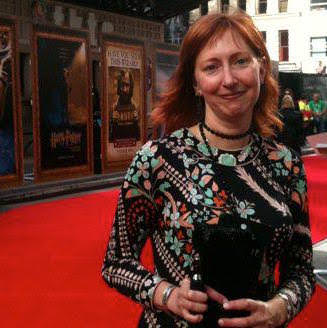“The Fantastic Four: First Steps” Director Matt Shakman on Re-Building Marvel’s First Family
While there have been numerous cinematic adaptations of the superheroes known as The First Family of Marvel, The Fantastic Four: First Steps has been lauded by audiences and critics alike as having the team most true to its Marvel origins. The new film takes place in a retrofuturistic version of New York, set in a 1960s-inspired era influenced by the creative genius of the smartest man in the universe. That would be Mister Fantastic, Reed Richards (Pedro Pascal), who has spearheaded inventions like teleportation devices, flying cars, monorails, and gadgets that have just generally made life easier. Equally essential to the team are The Invisible Woman, Sue Storm (Vanessa Kirby), The Thing, Ben Grimm (Ebon Moss-Bachrach), and The Human Torch, Johnny Storm (Joseph Quinn), who support the family and protect the world with their own superpowers and everyday personas.
Starting four years after the four astronauts were irradiated and given their superpowers on a trip to outer space, the story balances the very real-world concerns of preparing for the arrival of Sue and Reed’s new baby with the global threat of potential planetary destruction by evil extraterrestrial forces, heralded by the Shalla-Bal/Silver Surfer (Julia Garner) and to be carried out by world-eater Galactus (Ralph Ineson). Juxtaposing the relatable experience of bringing a new life into the world against the threat of annihilation not only works, but it also makes every frame of the film rich with tension.
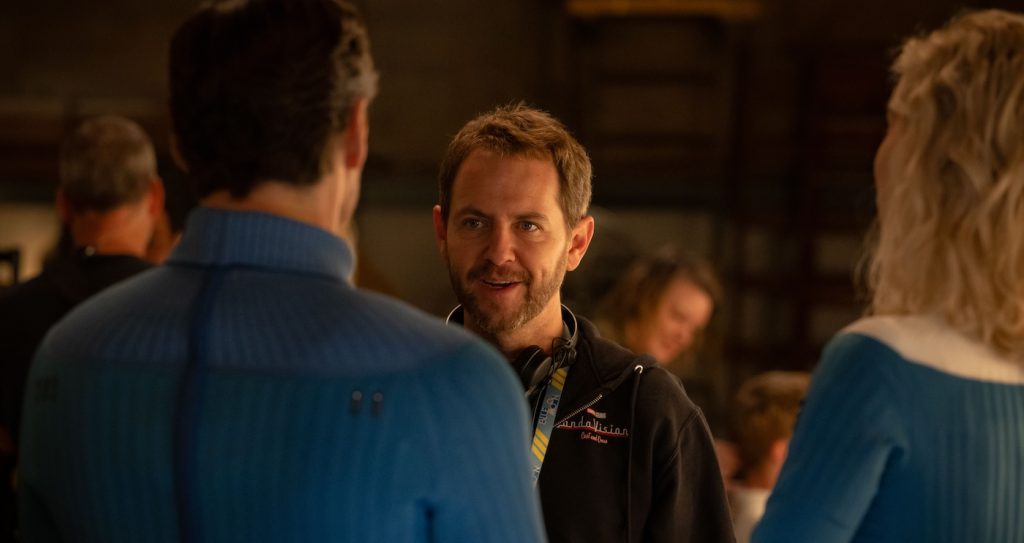
This is due in no small part to director and Marvel super-fan Matt Shakman’s lifelong love of the characters, who read comic books featuring Reed Richards and his crew voraciously throughout his childhood. His passion shows through an incredible attention to detail, both in characterization and visual storytelling. The Easter eggs alone offer potential for new discoveries with each successive viewing of the movie. It’s clear that Shakman, the visionary behind WandaVision, was precisely the right director to bring Marvel’s First Family back to the big screen.
In his chat with The Credits, Shakman revealed some of what fans can look forward to, discussed what inspired the look and feel of the film, and shared why he believes Fantastic Four: First Steps is a great introduction to the next phase in the Marvel Cinematic Universe.
You have a theater degree from Yale, and founded the Black Dahlia Theater in LA. How is your experience in theater reflected in The Fantastic Four: First Steps?
I love approaching film like theater, and to that end, I like rehearsal, so we spent three weeks rehearsing for this movie. All the actors I worked with are theater rats like me, so they love a good rehearsal room. We enjoyed getting together and talking about these characters, going deep into their history, and building on it so they could feel lived in, very much like table work that you do in theater. We also worked on the script and found little tweaks that could make it better, and did improv that I think made the family feel more like a real family, and the film, I think, feels a bit more alive and spontaneous because of that.
There’s a beautiful sort of 60s Space Race optimism at the heart of this film.
The Space Race is a huge part of the DNA of these characters, especially since they were created in the 60s, which is why we put it back in that era. We wanted to get in touch with that sense of JFK optimism. It’s the excitement of conquering the unknown, and that with the right mind, the right heart, and the right technology, you can conquer anything. We watched this wonderful Apollo 11 documentary together. We talked to a real astronaut advisor, who advised us on the script, but also made himself available to the actors. We went deep into watching movies and looking at photographs of the World’s Fair and New York in the 1960s, Jackie Kennedy’s tour of the White House, the short ” The Home of Tomorrow, ” and Syd Mead’s art. All of that was inspiration.
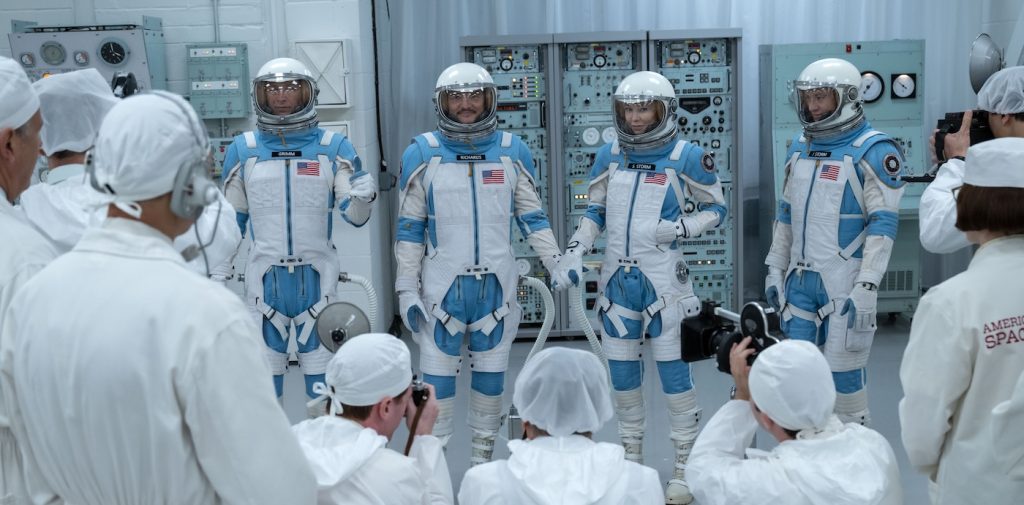
What are some aspects of those inspirations that we can see onscreen?
Actually, we created a film similar to the famous Westinghouse short from the 1960s that didn’t make it into the finished film. At one point, H.E.R.B.I.E. even makes a martini for the guest host. It’s meant to evoke that Jackie Kennedy White House tour. There are a lot of touches in the production design informed by those films. If you look at the Baxter Building, the kitchen features a sort of half-sphere, half-dome oven and cabinets that drop out of the counters, evoking the “House of Tomorrow.”
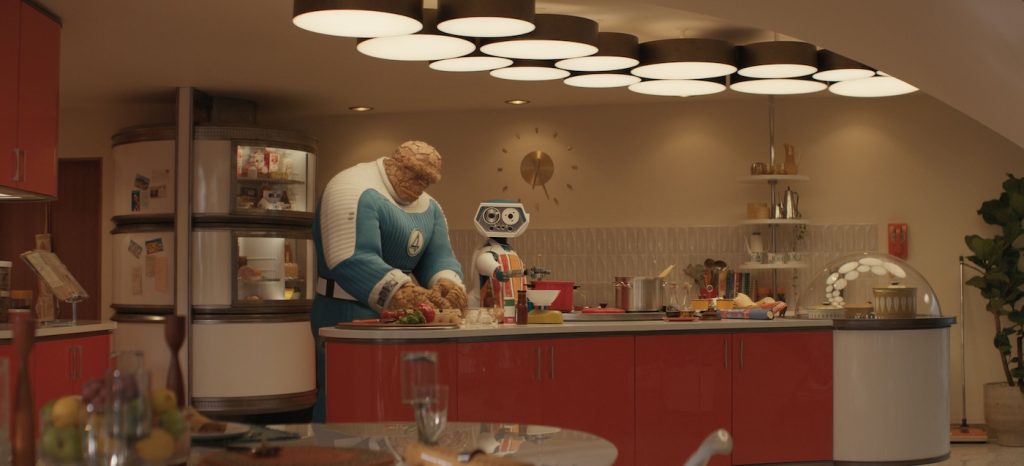
And yet, you strike a very fine balance between the 60s mid-century modern style and the technology, creating a lived-in, homey feel.
We needed it to be a believable domestic space, but at the same time, evoke this retrofuturism. It needed both grandness and intimacy. The production design team did a brilliant job. We centered it around the sunken living room, which is very of the period, and it brings the family together. It’s circular, and everything in our film is based on circles and arcs. The space is about hearth and home, and has a TV and a fireplace that can rotate, depending on what the family wants to be doing. It was a challenge because one of my biggest concerns was that this penthouse apartment needs to feel lived in, especially after the baby comes. These people are too busy to do the dishes. Even H.E.R.B.I.E is too busy. One of my favorite things that came up early in shooting was this idea of baby proofing the Baxter Building, which meant bringing in all these gates and breaking up all these perfect lines.
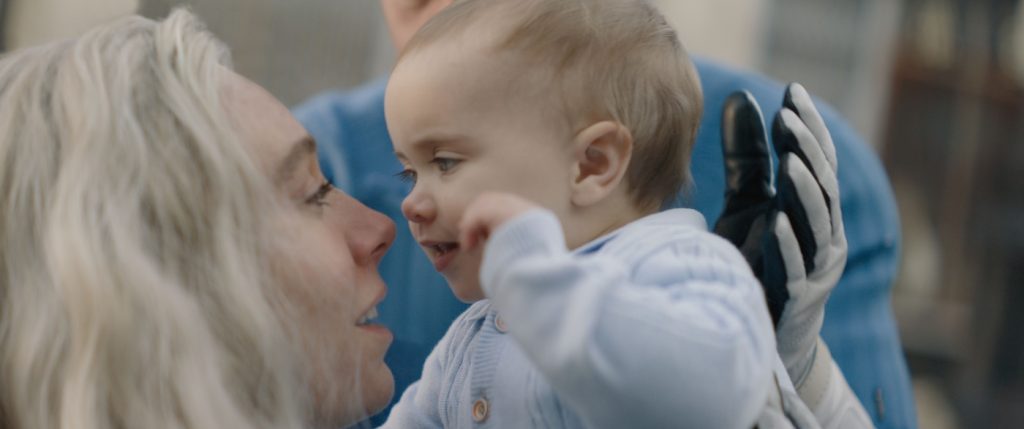
You mentioned you had an astronaut advisor, who was Rick Mastracchio. How did he contribute to the design details of the Fantastic Four’s spaceship, the Excelsior?
Marval had spacecraft that were whimsical and fun, like those in Guardians of the Galaxy, but I wanted to go more realistic and bring back the danger of space, the idea of floating in a tin can, as with the Apollo missions, which were incredibly risky. The last time these four went up, they were transformed, so for them personally, they are aware of the dangers from their own trauma. For us, having zero-g was hugely important. We leaned on Rick for all that. As it happens, Rick is also married to a delivery room nurse, so when we talked about how someone would have a baby in zero gravity, they were the perfect couple to consult with. Of course, Sue has to be strapped down when giving birth. She needs gravity.
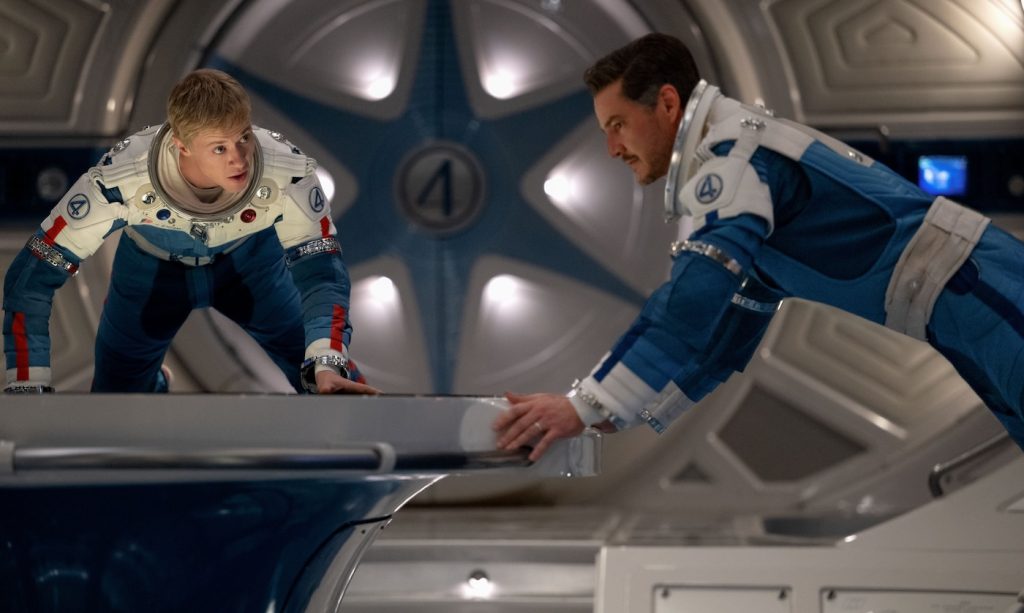
Also, we wanted to be consistent with our retrofuturism, so we had to balance what people of the 50s imagined space travel would be when they imagined it with the minimalism you think of when you think of Apollo. Many of the monitors are high up and can only be accessed at zero gravity. There are handrails everywhere. This world, though, has had the benefit of Reed Richards and his innovations for 20 or 30 years, so the spaceship has booster rockets like Apollo, but they’re like SpaceX rockets in that they reignite to land safely.
Your version of Times Square is spectacular, with huge billboards and ads. It feels like Times Square of the ’60s, but with 100% more rockets.
I have these books by Taschan that do advertisements by decade, and the 60s are all about the Space Race. There were Marlboro ads with people in space helmets smoking cigarettes. We created billboards, and one of them was Johnny in a Coppertone ad, which was something I wanted to do early on. We built on all that old advertising. We intermixed real commercials playing on these huge retrofuture televisions that we licensed, like old Little Caesar ads, with commercials we made ourselves for Reed Tech, H.E.R.B.I.E robots, and Velo Jet Motors, which is the name of the bubble cars we made. It was incredibly fun to build that world, and there was no detail that was too small.
What are you hoping audiences will take away from the film?
Definitely that sense of optimism. The fact that it’s a family is also really important. There’s so much we see in the Fantastic Four because they’re a family that you don’t see in other superhero movies. There’s a relatability in that they have big public personalities, but they go home, and they’re domestic and messy just like the rest of us, and they have the same fights, and love each other. It’s what has made them popular decade after decade, and trying to capture that on film has been my goal.
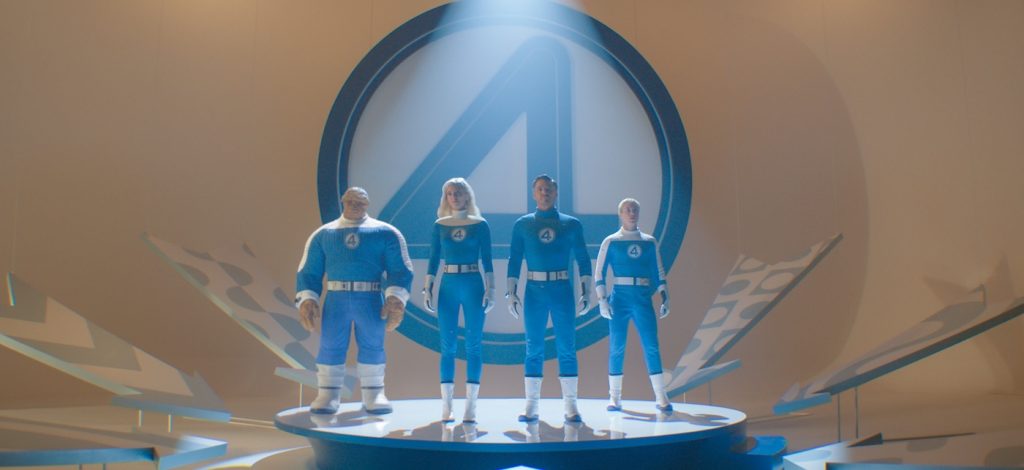
Fantastic Four: First Steps is in theaters nationwide.

